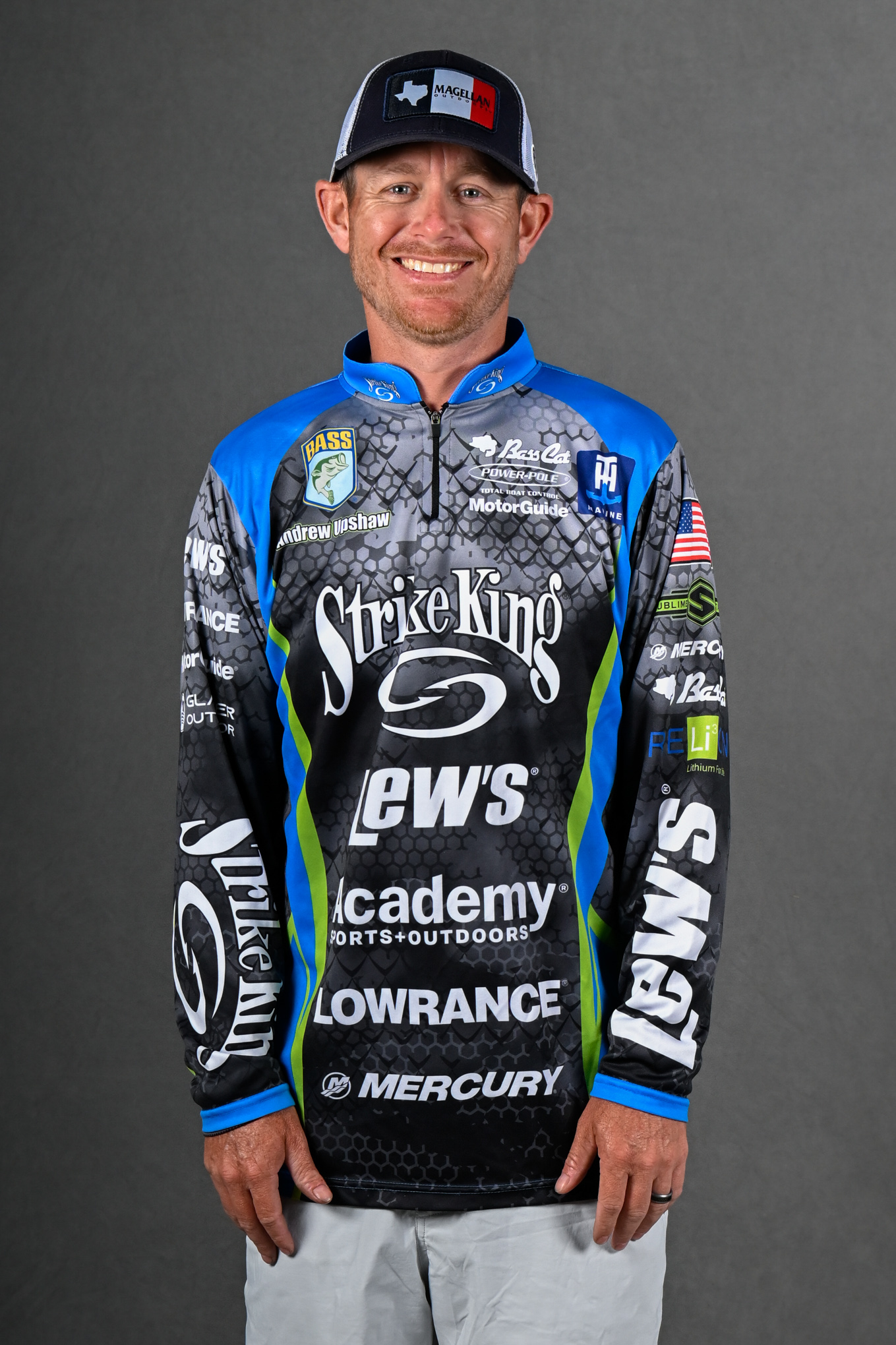When I think of reaction strikes, especially in the fall, I think of rocks. I don’t just think about them, I dream about deflecting a crankbait off rocks.
This is one of my favorite things to do, especially when the shad make their migration toward these little rough patches.
First thing I look for is the area. Now anyone can go down the bank and find the best clusters of rocks and throw a crankbait around them, and believe me that works. However, I look for big flat points that are really wide and have a first ledge.
The first ledge to me is where the bass sit and push the shad up. This depth could be anywhere from 3 feet all the way to 8 feet. Look for big clusters of shad, because this time of year if you find the shad, more than likely you have found the bass.
Besides locating rock on my depthfinder, the best way is to use a crankbait that dives deeper than the area – if it’s 10 feet deep throw a 15-foot diver — and dredge the area.
The second aspect of deflecting off rocks is the actual deflecting off the rock. I have noticed a lot of people use too high speed of a reel. I throw a 5-to-1 Lews Tournament Pro Bait casting reel on a deeper plug (6-10 feet) and a 6-to-1 Lews Tournament Pro Bait Casting reel for anything shallower.
For all these applications, I use 12-pound Izorline because of its strength and resistance to abrasion. Rods are important, too. For a little deeper application and possibly a smaller crankbait, I throw a 7-foot medium action crankbait rod, and with a shallow square bill type, I throw a 7-foot medium heavy crankbait rod, both in the Lews Tournament SL series.
As for the crankbait, I normally take a three-prong approach to rocks, depending on the kind of lake I’m fishing.
I start out by using a 6th Sense Square Bill crankbait to get the really active fish first. This crankbait has been a big secret on Toledo Bend and Sam Rayburn for quite some time. It looks like a RC 1.5 but it has a subtle rattle to it and it has the best paint jobs I have ever seen. See what I mean here.
Secondly, I throw a crawfish-colored square bill. I know that kind of goes against the shad idea, but fish still eat them. You might only get a few bites on it but that’s a few bites you wouldn’t have gotten on shad baits. I like to use a Strike Pro Big Bubba in Crawfish pattern. Big bait catches big fish, and this really is a big bait!
Last I pull out a Strike Pro Crankee Wobbler Large Lip in Pro Blue. It’s similar to a Bandit, but has a few different colors and going small gets more bites. It dives to about 8 feet and allows you to move a little deeper and fish unpressured fish. Rock related bass seem to just move a little deeper when they have pressure put on them, so it helps maximize bites.
If you have any questions or comments please respond at the bottom and I’ll do the best I can to assist you! Good Luck!





